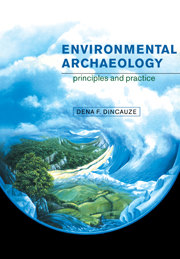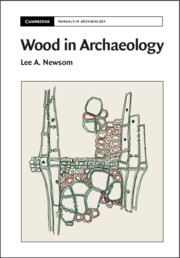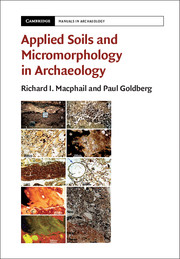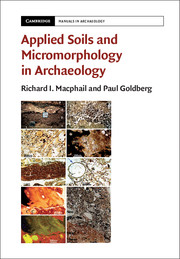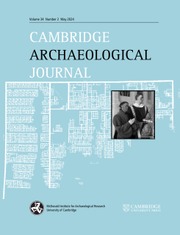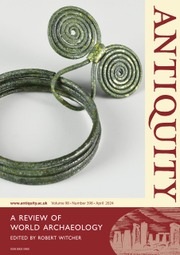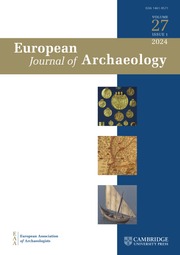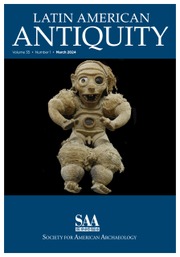Environmental Archaeology
Archaeologists today need a wide range of scientific approaches in order to delineate and interpret the ecology of their sites. But borrowing concepts from other disciplines demands a critical understanding, and the methods must be appropriate to particular sets of data. This book is an authoritative and essential guide to methods, ranging from techniques for measuring time with isotopes and magnetism to the sciences of climate reconstruction, geomorphology, sedimentology, soil science, paleobotany and faunal paleoecology. Their applications are illustrated by examples from the Paleolithic, through classical civilizations, to urban archaeology.
- Incorporates all the ancilliary sciences used by archaeologists in analysing paleoenvironments and intended as a general reference
- Key text for undergraduate and graduate students in environmental archaeology, which is taught in all major archaeological courses
- Maintains human ecological perspective throughout
Reviews & endorsements
"This book is a well-written and informative discourse on environmental archaeology." Journal of Middle Atlantic Archaeology
"This important addition to the archaeological literature is certain to benefit graduate teaching in environmental archaeology." CHOICE March 2001
"Dincauze's comprehensive book provides an excellent survey of the study of environmental data and paleocology at archeological sites." CHOICE March 2001
Product details
September 2000Paperback
9780521310772
620 pages
247 × 176 × 37 mm
1.223kg
23 tables
Available
Table of Contents
- Part I. Introduction:
- 1. Environmental archaeology and human ecology
- 2. Concepts for paleoenvironmental reconstruction
- 3. Mechanisms of environmental change
- 4. Human responses to environmental change
- Part II:
- 5. Introduction to chronometry and correlation
- 6. Measuring time with isotopes and magnetism
- Part III:
- 7. Climate: the driving forces
- 8. Climate reconstruction
- Part IV. Geomorphology:
- 9. Landforms
- 10. Landforms of shores and shallow water
- Part V. Sediments and Soils:
- 11. Basic principles of sedimentology and soils science
- 12. Archaeological matrices
- Part V. Vegetation:
- 13. Concepts and methods of paleobotany
- 14. Vegetation in paleoecology
- 15. Concepts and methods for faunal paleoenvironments
- 16. Faunal paleoecology
- 17. Humans among animals
- Part VIII. Integration:
- 18. Anthropocentric paleoecology.

